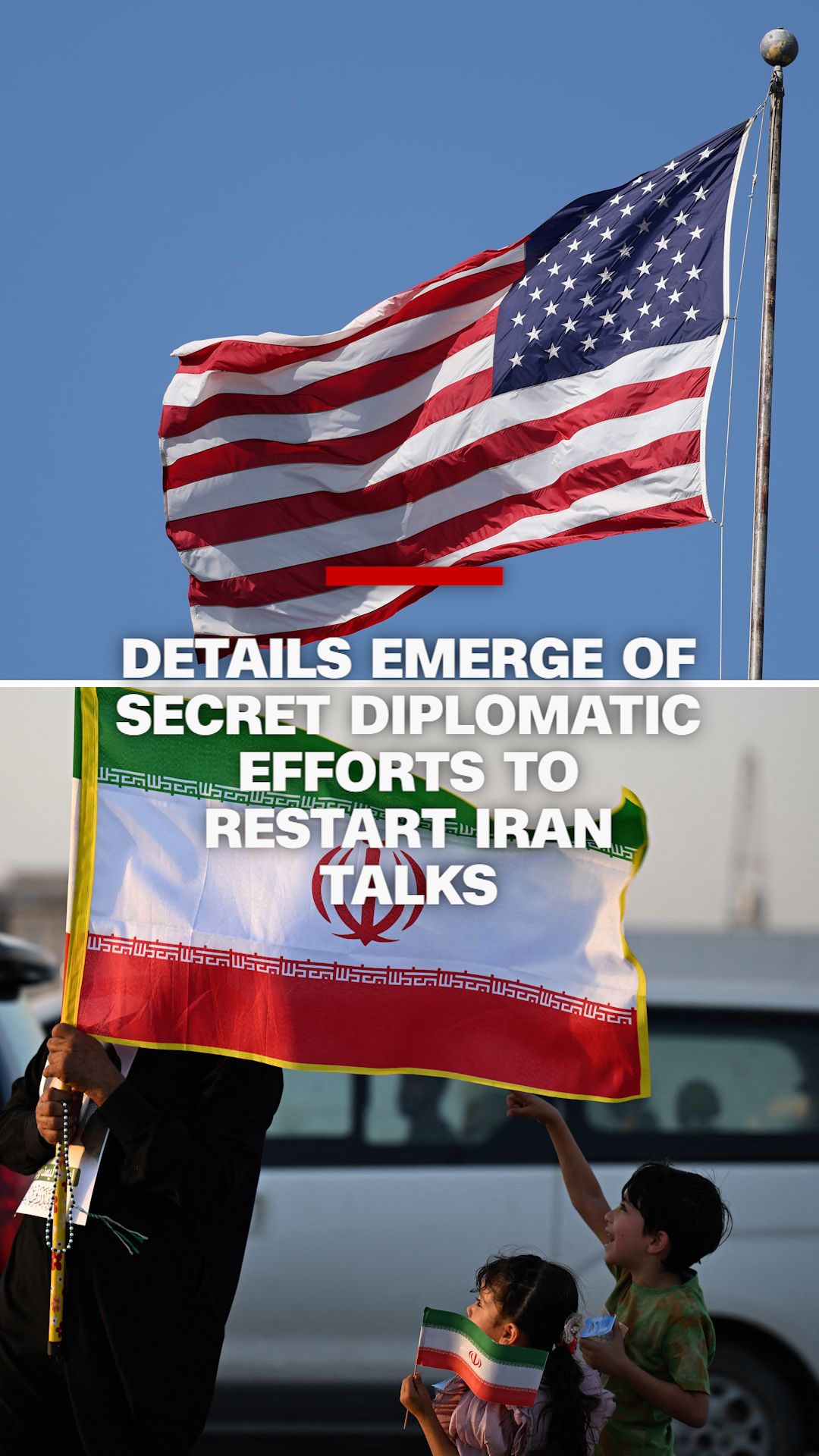Articles in this Cluster
27-06-2025
The Economist argues that after U.S. strikes on Iran’s nuclear programme and an imposed ceasefire between Israel and Iran, Washington should use the moment to reset the Middle East. While Trump’s gamble avoided immediate American casualties and disproved fears of a massive Iranian retaliation, bombing alone cannot deliver lasting stability. The piece calls for a strategy that pairs deterrence with diplomacy: constrain Iran’s nuclear ambitions and regional proxies, anchor Israel in a credible security architecture, and offer political and economic incentives that draw regional rivals into de-escalation and normalization. Success requires a clear endgame, sustained U.S. engagement, and a roadmap that moves beyond humiliation and rage to give all sides a stake in peace.
Entities: United States, Iran, Israel, The Economist, Trump • Tone: analytical • Sentiment: neutral • Intent: analyze
27-06-2025
Israel’s intensified air campaign has crippled much of Iran’s military capability—killing senior commanders, degrading air defenses, and destroying over 120 ballistic-missile launchers—allowing daylight raids over Tehran. Iran continues firing missiles but with diminishing salvos. The central strategic question is whether Israel can significantly set back or destroy Iran’s nuclear program; assessments of damage are uncertain. If Israel fails to neutralize it, Tehran may attempt a rapid “dash” to a nuclear weapon, raising the stakes for regional stability and hinging outcomes on Iran’s supreme leader and volatile U.S. policy.
Entities: Israel, Iran, Tehran, Iran’s nuclear program, ballistic-missile launchers • Tone: analytical • Sentiment: neutral • Intent: analyze
27-06-2025
CNN reports that the Trump administration has been engaged in secret diplomatic efforts to restart talks with Iran, discussing a package that could include up to $30 billion to support a civilian nuclear energy program, easing U.S. sanctions, and releasing billions in frozen Iranian funds. The outreach follows U.S. strikes on Iranian nuclear sites that a Pentagon assessment suggested only delayed Iran’s weapons capability by months, despite Trump’s claims of “obliteration.” The developments sparked political fallout at home and abroad, including criticism from some Republicans and broader debate over U.S. Middle East strategy, even as the White House signaled willingness to negotiate terms aimed at de-escalation and re-engagement.
Entities: Trump administration, Iran, U.S. sanctions, civilian nuclear energy program, frozen Iranian funds • Tone: analytical • Sentiment: neutral • Intent: inform
27-06-2025
CNN reports that U.S. airstrikes on Iran’s nuclear facilities are likely to harden North Korea’s resolve to keep its own nuclear arsenal. Analysts and East Asian officials say Tehran’s experience reinforces Pyongyang’s belief that nuclear weapons deter attack and coercion, making denuclearization even less likely. Despite U.S. claims of severe damage, early intelligence suggests Iran’s program was only set back by months—another signal to North Korea that dispersal, hardening, and persistence can outlast strikes, bolstering Kim Jong Un’s long-standing strategy to retain and advance his nuclear deterrent.
Entities: North Korea, Iran, United States, Kim Jong Un, Tehran • Tone: analytical • Sentiment: neutral • Intent: analyze
27-06-2025
CNN compares Iran’s Fordow nuclear site to the U.S. Cheyenne Mountain Complex, noting both are hardened facilities built deep inside mountains to withstand attack. Erin Burnett highlights the structural similarities and strategic purpose of such bunkers, as the discussion unfolds amid U.S.-Iran nuclear tensions and recent U.S. strikes on Iranian nuclear facilities. The segment situates Fordow’s design within a broader context of military resilience and negotiations over Iran’s nuclear program.
Entities: Fordow nuclear site, Cheyenne Mountain Complex, Iran, United States, Erin Burnett • Tone: analytical • Sentiment: neutral • Intent: inform
27-06-2025
Sky News’ analysis of US Defense Secretary Pete Hegseth’s combative briefing on strikes against Iran’s Fordow facility says the political spin over “how much damage” was done is secondary. The key takeaways: the US used GBU-57 bunker-busters, hitting multiple targets at Fordow and one at Natanz as designed. But the real questions are strategic: Will Iran be deterred from pursuing a nuclear weapon or accelerate its efforts, and how long would it take to return to the nuclear threshold if it chooses to rebuild—within a year, five years, or longer? The operation’s true success hinges on those answers, not competing damage claims.
Entities: Pete Hegseth, Sky News, US Defense Department, Iran, Fordow facility • Tone: analytical • Sentiment: neutral • Intent: analyze
27-06-2025
The article examines the political battle in the US over the effectiveness of recent B-2 airstrikes on Iran’s nuclear program. President Trump and CIA Director John Ratcliffe assert the strikes “obliterated” key facilities and set Iran back years, citing credible intelligence. Democrats, including Sen. Mark Kelly, challenge those claims as premature and unlikely given Iran’s deeply buried sites, arguing Trump’s earlier withdrawal from the Iran deal fueled Iran’s enrichment. Defense Secretary Pete Hegseth insists underground targets were destroyed, while leaked preliminary assessments suggest only months of setback. With verification hampered by the depth of Iran’s facilities, the dispute has become a sustained narrative fight in Congress, with the true impact literally buried underground.
Entities: US airstrikes, Iran nuclear program, B-2 bombers, Donald Trump, John Ratcliffe • Tone: analytical • Sentiment: neutral • Intent: analyze
